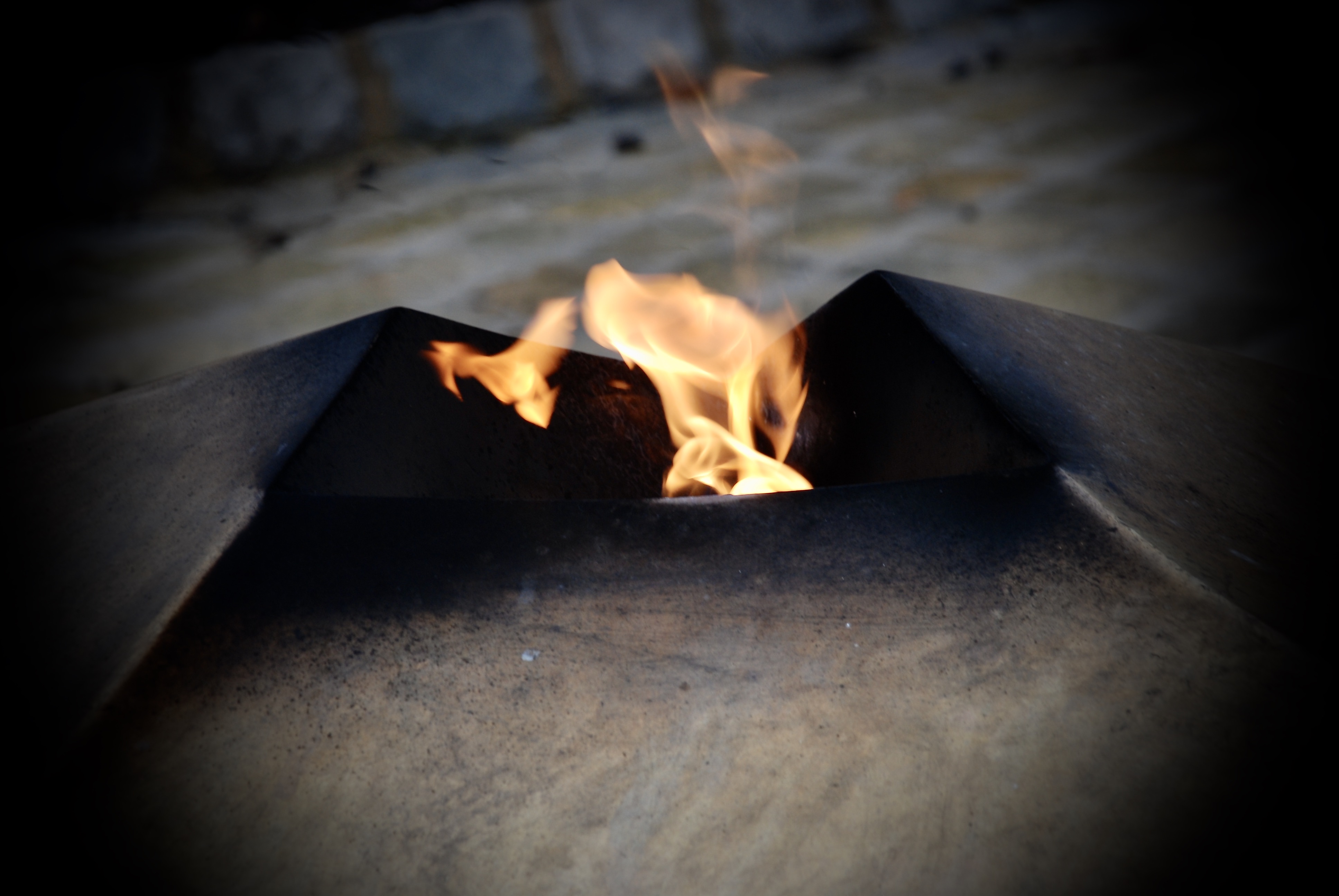Mammoth Dung
On the tundra of the Rivla-lwëp in southern Dricaro, wood is incredibly scarce and trees, when they are found are only used for the most essential of purposes, the making of handles for tools and weapons for example, by the Nderbikii people who live there. The tough spiny grasses that carpet the tundra along with the mosses, gorse and heather can be burned, but these plants burn too quickly to make effective fires, and a careless traveller may well set the surrounding terrain ablaze with a poorly managed fire.
Instead of using plant matter to fuel their fires, the Nderbikii instead collect the dung left in the wake of the Mammoth herds that wander the tundra, a material that makes an ideal fuel, that is much more efficient, effective and less wasteful than utilising the Rivla-lwëp's vegetation.
Properties
Material Characteristics
The dung of Mammoths is generally found in compacted, dry lumps, some of which can be up to a foot in diameter and height, testament to the fact that they have been excreted from a large creature. These larger masses of dung can be pried apart into smaller chunks relatively easily when fresh, but dung that has been resting for more than a couple of hours in the Rivla-lwëp will freeze and tools such as axes will be needed to cut it up.
Physical & Chemical Properties
Because Mammoth Dung is a mass of very heavily compacted, mostly digested plant matter, it burns incredibly well for a long time and can produce an incredibly hot, but relatively easily controlled flame. The Nderbikii have even perfected the art of extinguishing Mammoth dung fires by depriving them of oxygen, cooling the remaining unconsumed fuel and taking it with them to use again.
Geology & Geography
As the dung of Mammoths cannot appear where the creatures are not, it is geographically limited to where the creatures are naturally found, or where they have been introduced. The largest population of Mammoths can be found in the Rivla-lwëp, and this population represents the only naturally occurring population in Kelbonnar. However, the material can also be found in the Worfal Tundra and in the Grunwald Forest, where Mammoths have been introduced by the Provincial authorities to act as beasts of burden that can easily cope with the colder climates.



Comments